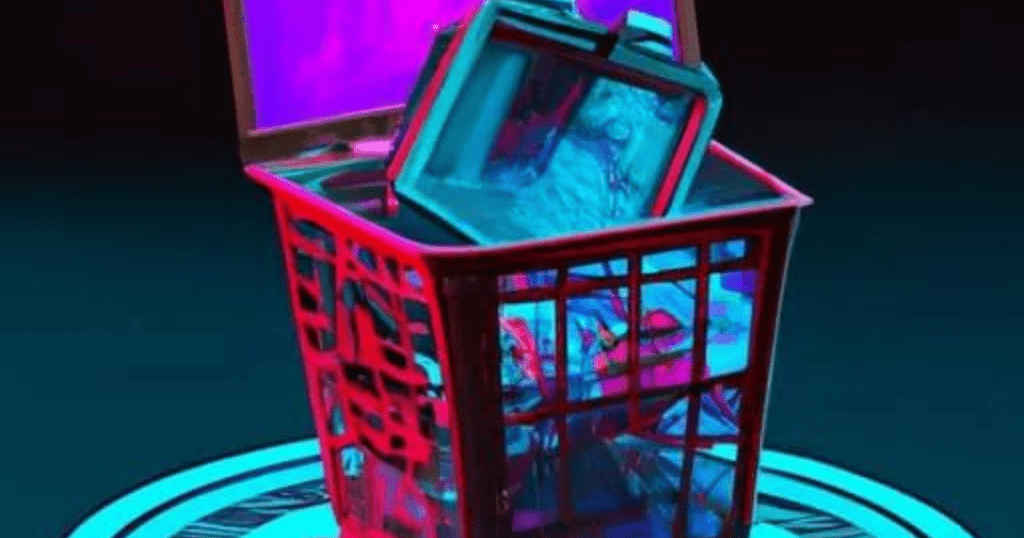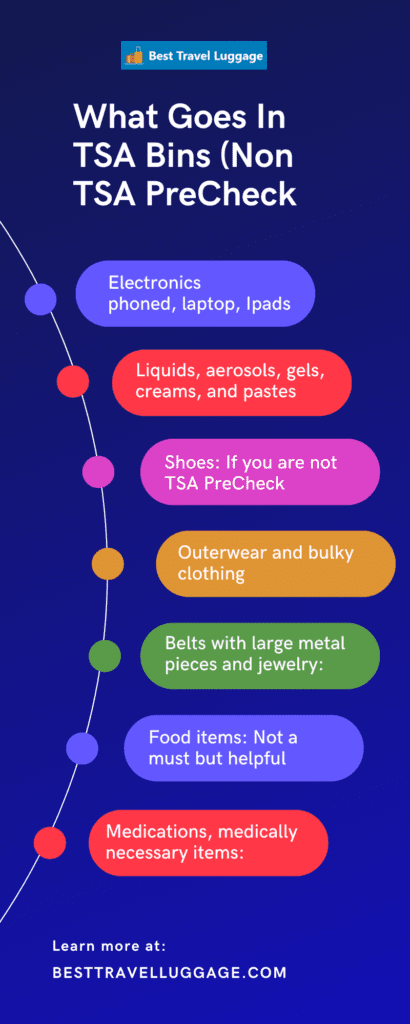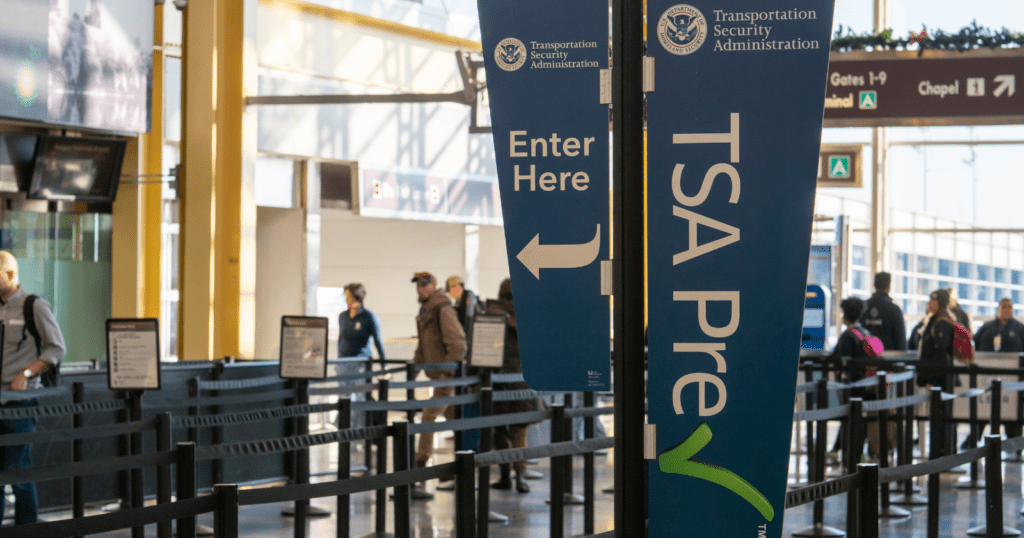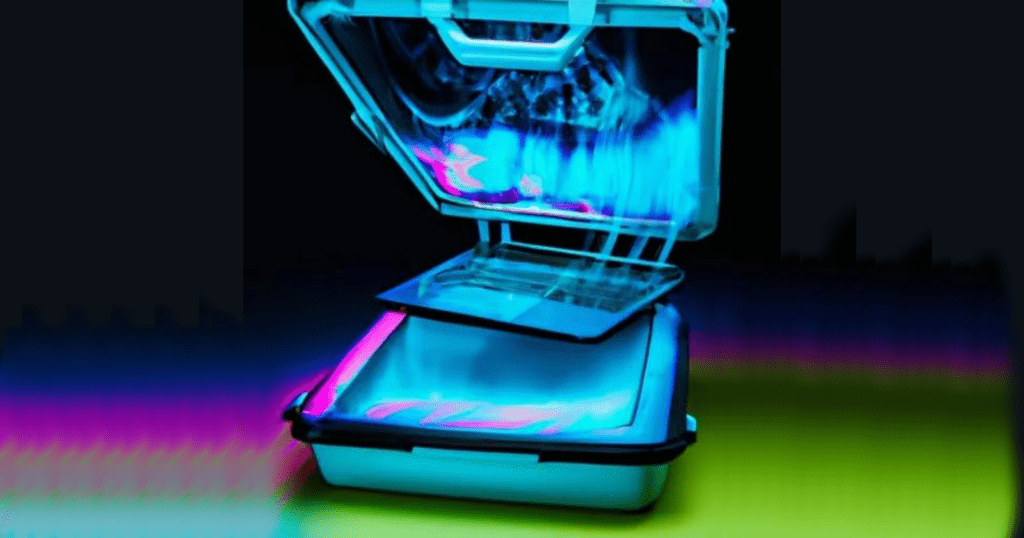Traveling by air can be an exciting experience, but navigating airport security can be a hassle. Knowledge is the key, and knowing what to put in TSA bins alleviates stress.
With my vast knowledge of TSA guidelines and my love for travel, I am here to make your transition through security smooth and share my years of knowledge with you.
Once you have been through security a few times, it becomes second nature. For the new traveler or those who need a refresher, we are here to help. We’ll provide a comprehensive guide on the items that need to be placed in Transportation Security Administration (TSA) bins. In addition, you will find tips to pack your carry-on luggage.
When asking, “What do you have to put in the bins at the airport?” there are certain items that fit the bill. Items like your belt, shoes, and jacket. Anything that is in your pockets and steel-toed shoes. For more information on what to put in TSA bins, see the chart below.
So, together, let’s dive in and navigate TSA and what to put in TSA bins.
Do You Know TSA?
The Transportation Security Administration, or TSA, resulted from the 9/11 terrorist attacks in 2001. On November 19, 2001, the 107th Congress created the TSA through “The Aviation and Transportation Security Act.”
Screening of passengers at the airport is part of TSA’s security measures to get you safely to your destination. To do that, TSA officers must prevent the entry of prohibited items and other threats into the airport.
With such a critical responsibility, TSA urges travelers to take the TSA rules and guidelines seriously. It will help avoid unnecessary delays and hassles at the airport security checkpoint if you know what to put in TSA bins.
Let me help you with identifying what to put in TSA bins. I will also share some tips on how you can breeze through and navigate airport security.

Prepare For Airport Security
First, be ready with your travel documents and put them in a clear pouch so you can access them quickly. Travel documents include your passport, ID, printed ticket, and boarding passes.
Pack Your Carry-On Luggage Properly
Before packing your travel essentials, check the TSA airport security screening rules and guidelines. Getting familiar with such regulations will enable you to pack allowed items in your bags. The TSA website is the best place to get all the information you need on what to put in TSA bins.
Organize the items in your carry-on bag for easy access.
- Pack them in layers.
- Use packing cubes to categorize the items in your bag.
- Pack everything you will not use during the flight at the bottom of your carry-on bag.
- Put the pouch with your travel documents in the outer compartment or pocket for quick access.
- All electronics and gadgets must be in separate sleeves or pockets.
Remember, what to put in TSA bins must be on the top part of your carry-on bag.
Dress Appropriately And Comfortably
Appropriately dressing means wearing as little metal as possible – no belt with buckle or other metal embellishments. Wear socks to protect your feet and slip-on shoes that are easy to remove. If you must wear a jacket or a coat, do so after the security screening.
I own a top with a zipper up the front. I made the mistake of wearing this top while going through the security checkpoint. Although I am TSA PreCheck, my experience was not smooth. They had to pat me down because removing the top was not an option. So, be aware of zippers when you dress for your trip.
Know What To Put In TSA Bins

As you wait your turn at the TSA security checkpoint, stay calm and remember what to put in TSA bins. You must remove the following items from your bag and place them in TSA collection bins or trays for screening.
But hold on a minute; let’s get some information on the 3-1-1 liquids rule first.
3-1-1 Liquid Bag
Are you familiar with the 3-1-1 liquids rule? According to the TSA, you can bring liquids, gels, aerosols, pastes, and creams in your carry-on bag in one quart-sized clear bag. However, note that you must put the liquids in travel-sized containers, bottles, or pouches of 3.4 oz or less per item. In short, what needs to go in TSA bins is the 3-1-1 liquid bag.
Exception: Other Liquids
If you have baby formula, breast milk, or juice for infants and toddlers, notify the TSA officer and remove them from your carry-on bag. TSA will screen and test the liquids separately. You can pack these liquids in quantities over 3.4 ounces.
TSA will test liquids for medical conditions – water, juice, and liquid nutrition- so have them ready outside your bag when you enter the screening area. The TSA officer will give you screening instructions for your liquid meds and what to put in TSA bins.
The exceptions refer to the quantity and not what to put in TSA bins. Which means the liquids still need to pass through security screening.
Electronic Devices
Unless your carry-on is a TSA-friendly laptop bag, what needs to go in TSA bins is your laptop, along with other electronic devices. You must place them in the TSA bin and ensure there is nothing on or under the devices for X-ray screening. Electronic devices include digital cameras, e-readers, portable DVD players, and handheld video game consoles. The TSA bin for laptops and electronic devices cannot have other items like shoes, jackets, or 3-1-1 bags in the same bin.
Shoes, Belts, And Outerwear
what to put in TSA bins? Your sunglasses, hat, jacket, or coat and belt – TSA will ask you to place them in the TSA bin. Hence, the reason to wear clothing you can easily remove and put back on quickly and with less effort. It is also best to put your shoes sole-side down directly on the X-ray belt to facilitate quick screening.
Exception: Head Covering
If you wear a head covering that is not too concealing to require a pat-down screening, your head covering stays during the TSA screening. However, if necessary, request the TSA officer to conduct the pat-down or remove the head covering in an area away from public view.
Metals, Keys, Coins
If you have your keys, some loose change, or any metal in your pockets, remove them and place them in the TSA bins. For an expedited screening process, empty your pockets and put the items in your bag before you go to the TSA security checkpoint. If you forget to empty your pockets, know that what to put in TSA bins is pretty much everything in your pockets.
Carry-on or Personal Bag
Your carry-on bag will also pass through the X-ray scanner, but you must place it directly on the X-ray scanner belt. While TSA will not require you to unpack your carry-on bag, you must remove what needs to go in TSA bins before placing the bag in the conveyor belt. In addition, TSA needs to see clear images of the contents on the X-ray monitor, so organize your bag for a clear view.
Duty-Free Items
Duty-free items such as alcoholic beverages need to be in checked baggage and not in a carry-on bag. So, limit your duty-free purchases to things you can pack in your carry-on suitcase. However, if you’re buying duty-free items such as perfume, lotion, and other toiletries that exceed the 3.4 oz size, TSA will allow these items in your carry-on bag if:
- The items are in transparent containers.
- You purchase the items in a duty-free shop (keep the receipts for TSA inspection, if needed)
- The store packed the items in a secure, tamper-evident bag.
- You are traveling to the United States with a connecting flight.
Food And Snacks
TSA officers allow food and snacks like health bars, fruit, and sandwiches inside the carry-on bag. Food items must be in the carry-on bag and are not a part of what to put in TSA bins.

Special Screening Considerations
As with everything, there are some exemptions to the TSA rules when it comes to children and medical needs.
Children under 12 Years of Age
TSA gives special security screening considerations for children 12 years old and below – what to put in TSA bins will not be applicable for children in this age category. Hence, your 12-year-old child need not remove their shoes, light jackets, and headwear during screening.
If traveling with an infant, remove your baby from the stroller or car seat and carry him through the walk-through metal detector.
The stroller, baby carrier, car seat, and backpack with baby stuff must pass through the X-ray scanner for screening. If the stroller does not fit through the X-ray scanner, the TSA officer will conduct a physical/visual inspection.
Travelers With Medical Conditions
If you have a medical condition, present a TSA notification card or other medical documentation. You will still undergo screening at the TSA security checkpoint either by the walk-through metal detector or a pat-down.
Your medical and disability-related devices (wheelchair, walker, etc.) will also need to go through the X-ray scanner or visual/physical inspection. Not included in what to put in TSA bins are the medical devices and equipment, but these items will go through physical screening nonetheless.
Travelers using prosthetic limbs or an insulin pump must inform the TSA officer. TSA will not require you to remove your medical device while you undergo a pat-down or wand inspection.
Expedited Services
Travelers with TSA PreCheck on their boarding passes need not remove what to put in TSA bins – shoes, laptops, 3-1-1 liquids, belts, and light jackets. It is the best way to speed through TSA security. You can get more information on how to apply for TSA PreCheck® from the TSA site.

FAQs About What To Put In TSA Bins?
We have gathered three frequently asked questions about what to put in TSA bins.
Can you carry your wallet through airport security?
Yes, you can bring your wallet, but make sure it’s not in your pocket but in your carry-on bag for security screening. If you walk through the metal detector with the wallet in your pocket, TSA will ask you to step back and place the wallet in the TSA bin.
Do I remove my shoes with metal?
High heels and work boots that have metal in their structure will trigger an alarm when passing through the walk-through metal detector. You must remove them and place them in the TSA bin for screening just like you would with all other shoes.
TSA PreCheck members will need to remove shoes with metal in them but may leave on all other shoes to go through screening.
Can I leave my jewelry on?
TSA officers allow you to wear fine and small jewelry pieces when you go through airport security. However, you must remove bulky jewelry and metal accessories and place them in your carry-on bag before going through security.
Additional Resources
If you are looking for more tutorials, walkthroughs, and troubleshooting on TSA, here are some additional posts about TSA:
Conclusion
The key to a smooth airport security screening experience is informing yourself of the existing and most recent TSA screening guidelines. Knowing what to put in TSA bins and packing them in an organized way will help you navigate the airport security process.
Please take the TSA screening guidelines seriously to avoid spending more time at the TSA security checkpoint.
Happy travels, my friends.
